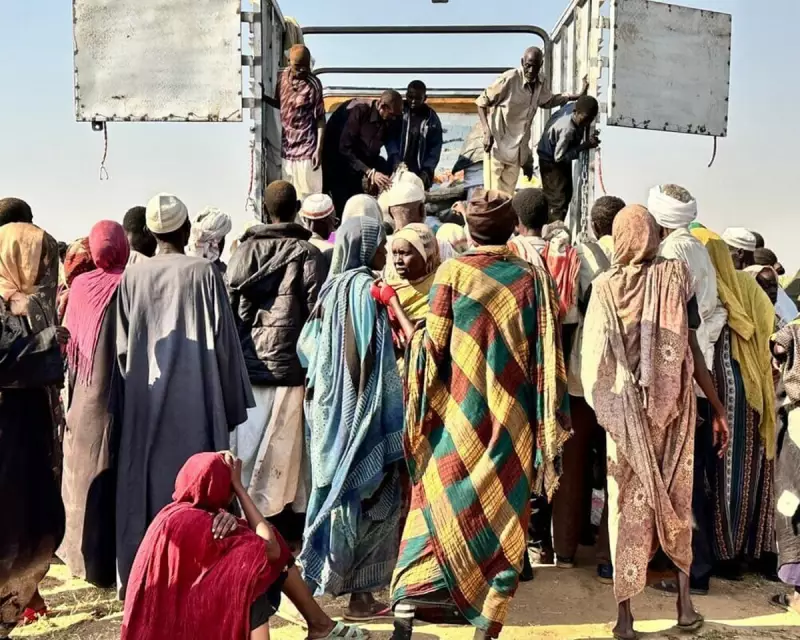
The ancient city of El Fasher stands on the precipice of destruction, its fate monitored not just by ground forces but from the cold vacuum of space. As Sudan's humanitarian catastrophe deepens, sophisticated satellite technology and drone surveillance are being weaponised to coordinate attacks on civilian populations in a conflict that has descended into systematic ethnic cleansing.
The Space-Born Battlefield
High-resolution satellite imagery reveals a city systematically dismantled neighbourhood by neighbourhood. The Rapid Support Forces (RSF), accused of orchestrating mass atrocities, are employing technology that would be sophisticated for any modern military. Yet this isn't homegrown capability - it's being enabled by international actors with vested interests in Sudan's turmoil.
The United Arab Emirates stands accused of providing not just weapons but the technological backbone for this campaign of terror. From remote desert airstrips in Chad and Libya, supplies flow uninterrupted while the world's attention remains elsewhere.
A City Under Siege
El Fasher, the last major holdout in Darfur not under RSF control, has become the epicentre of this crisis. The situation on the ground reads like a catalogue of human suffering:
- Medical facilities systematically targeted and destroyed
- Water sources contaminated or blocked entirely
- Food supplies deliberately prevented from reaching starving populations
- Ethnic Massalit communities facing systematic eradication
The International Complicity
What makes this conflict particularly chilling is the level of international involvement. While Western nations issue statements of concern, their actions - or lack thereof - enable the continuation of atrocities. The UN Security Council remains paralysed, unable to mount any meaningful response to what many are calling a textbook case of genocide.
"We are witnessing mass murder facilitated by 21st-century technology," reports indicate from humanitarian workers on the ground. "The world watches from space while doing nothing to stop the bleeding on the ground."
The Human Cost
The statistics barely capture the horror: millions displaced, thousands dead, and countless more facing starvation. But behind these numbers lie stories of unimaginable suffering - families torn apart, communities erased from existence, and a generation traumatised by violence they cannot escape.
A Call for Action
The international community faces a stark choice: continue with empty rhetoric or take concrete action to stop the slaughter. This includes:
- Imposing meaningful sanctions on those supplying weapons and technology
- Establishing secure humanitarian corridors
- Supporting accountability mechanisms for war crimes
- Increasing pressure on regional actors enabling the conflict
The blood spilled in El Fasher stains not just Sudanese soil but the conscience of the international community. As the city teeters on the edge of annihilation, the question remains: will the world act before it's too late, or will this become another chapter in humanity's failure to prevent mass atrocities?





